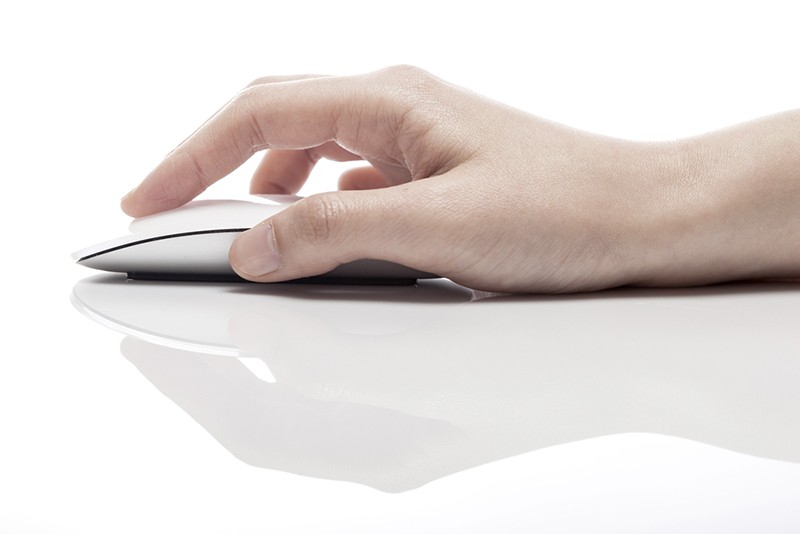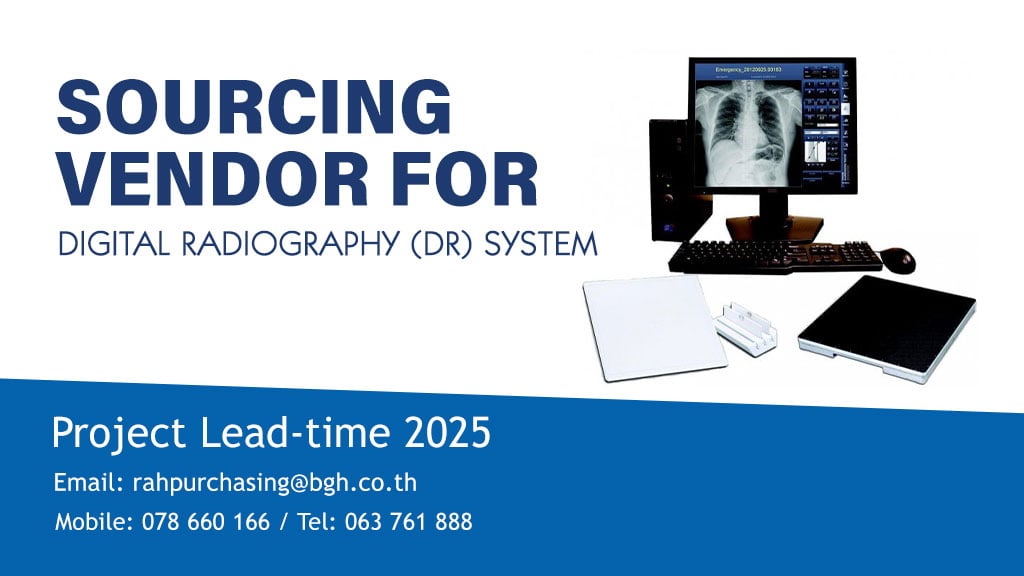3 COMMON HAND PROBLEMS IN OFFICE WORKERS
Painful hand conditions usually have ergonomic causes among office workers.
These conditions are:

Trigger finger
Most of the time, it comes from a repeated movement or forceful use of your finger. Trigger finger is a condition in which one of your fingers gets stuck in a bent position. Your finger may bend or straighten with a snap. It occurs when inflammation narrows the space within the sheath that surrounds the tendon in the affected finger. Initial treatment for a trigger finger is usually medication or steroid injections. If it does not get better, surgery may be required. The goal of the procedure is to release the pulley that is blocking tendon movement. 
Carpal tunnel syndrome
Carpal tunnel syndrome is a condition that causes numbness, tingling and weakness in the hands and arms. Carpal tunnel syndrome is caused by a compressed nerve in the carpal tunnel, a narrow passageway on the palm side of your wrist. Repetitive hand motions can contribute to carpal tunnel syndrome. As carpal tunnel syndrome becomes more severe, you may have less grip strength because the muscles in your hand have shrunk. Pain and muscle cramps may also become worse. The patient might lose sensation of the thumb, index, middle, and part of ring finger. The examination may find wasting of the small hand muscles which are connected to the median nerve, principally those at the base of the thumb (the thenar eminence). Carpal tunnel syndrome symptoms usually start gradually. If the condition is diagnosed early, nonsurgical methods may help improve carpal tunnel syndrome. , Some nonsurgical methods include taking more frequent breaks to rest your hands, wrist splinting, and steroid injections. Surgery may be appropriate if your symptoms are severe or is unresponsive to other treatments. The goal of carpal tunnel surgery is to relieve pressure by cutting the ligament pressing on the median nerve. The surgical time is around 10-15 minutes under local anesthesia. The patient usually is allowed to go home after the surgery. You will have to keep your hand dry for 7 days until the sutures are removed. Your hand can be used straightaway after that. 
De Quervain’s Tenosynovitis
De Quervain’s Tenosynovitis is a painful condition affecting the tendons on the thumb side of your wrist. If you have de Quervain’s Tenosynovitis, it may be hard and painful to move your thumb, particularly when you try to pinch or grasp things. The pain may get worse when you move your thumb or wrist. Chronic overuse of your wrist is commonly associated with de Quervain’s Tenosynovitis. Initial treatment may include applying ice to the affected area, immobilizing your thumb and wrist, and avoiding repetitive thumb movements as much as possible. Any abnormal lump or bump in the hand or wrist is considered a tumor. The term tumor does not necessarily mean it is malignant or is cancer. In fact, most hand and wrist tumors are benign (not cancerous). Most common symptoms are numbness, pain, and shooting pain that can be similar to an electric shock-like sensation as the nerves are compressed. The treatment is surgery using microsurgical procedure in order to prevent nerve damage.  Moreover, congenital hand deformities such as polydactyly and syndactyly can also be managed by our hand specialist. When it comes to hand conditions, early diagnosis and treatment can reduce your symptoms and prevent the condition from getting worse. If you have any symptoms as mentioned above, consult a specialist immediately.
Moreover, congenital hand deformities such as polydactyly and syndactyly can also be managed by our hand specialist. When it comes to hand conditions, early diagnosis and treatment can reduce your symptoms and prevent the condition from getting worse. If you have any symptoms as mentioned above, consult a specialist immediately.
For more information: Orthopedic Center, Bangkok International Hospital Call 0 2310 3000 or 1719







